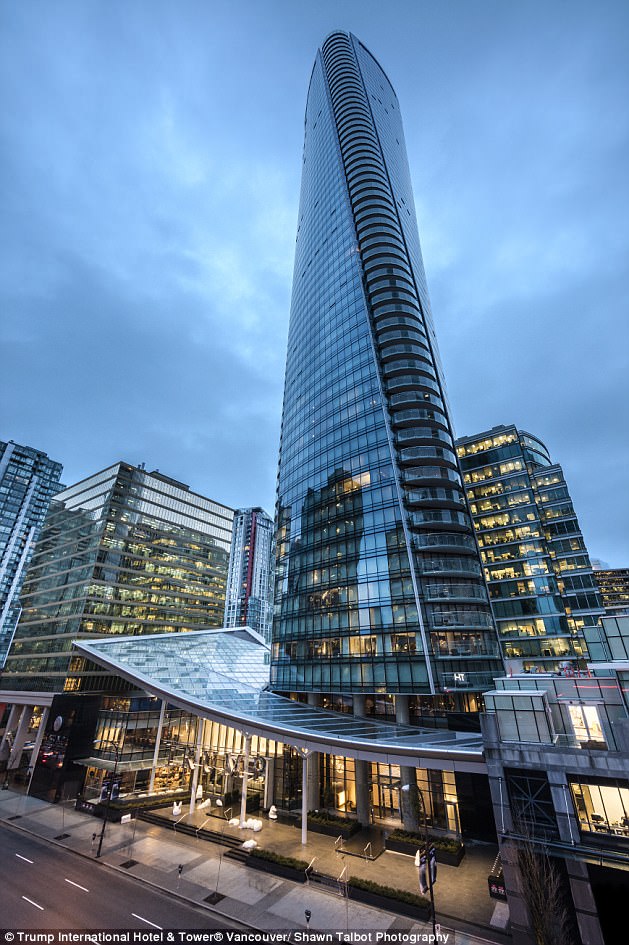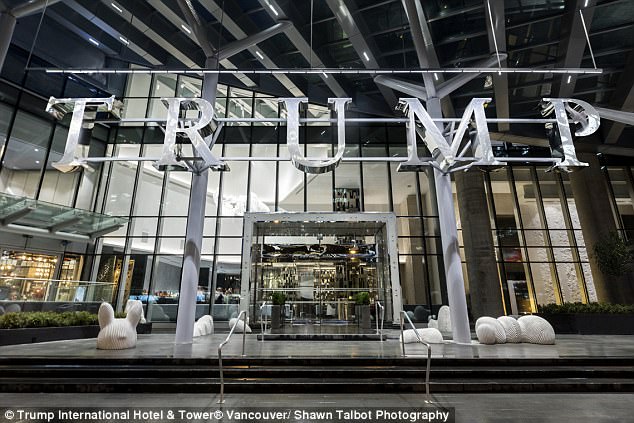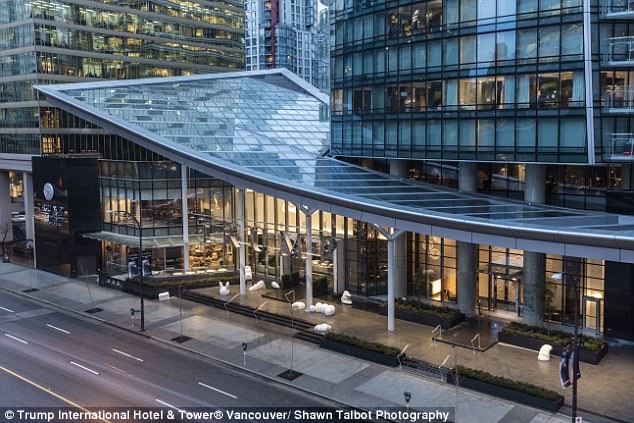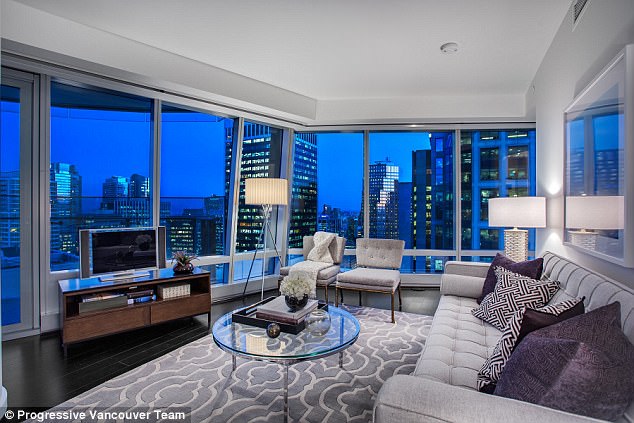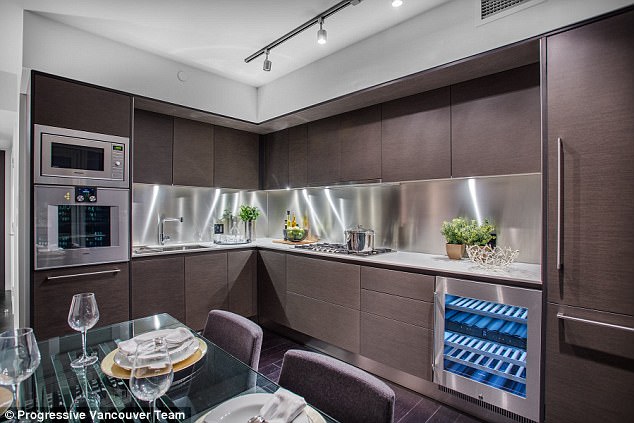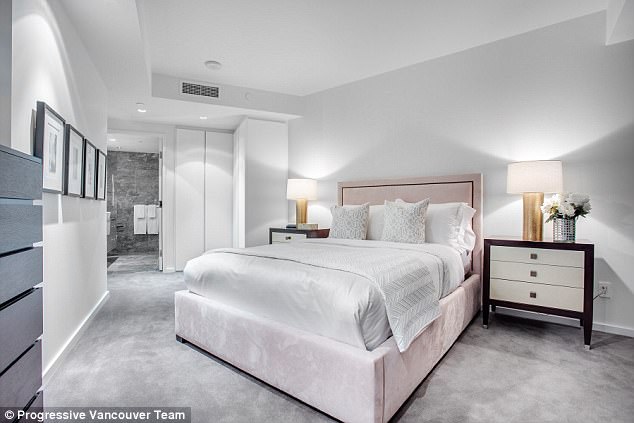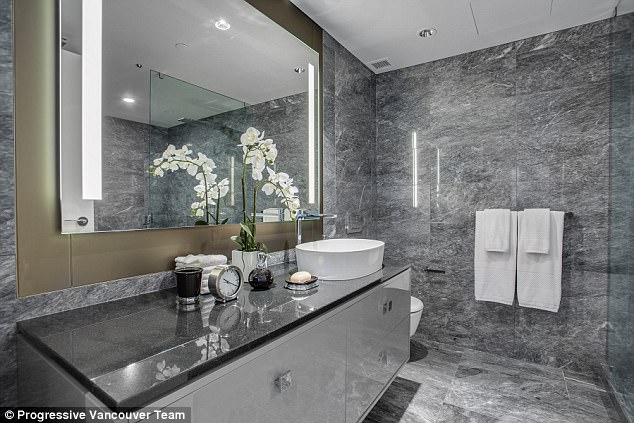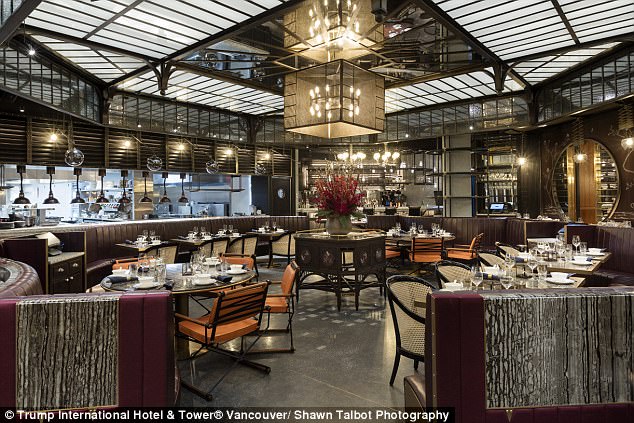Many units in transit-linked areas are empty or underused
Joanne Lee-Young
The Vancouver Sun
Transit-oriented communities are often called the future for Metro Vancouver, with condo towers and townhouses clustered around stores and amenities like theatres along major public transit lines.
The seeming success of these properties, especially along SkyTrain lines, has been evident as development after development is declared “sold out” by developers.
But figures from the latest census are raising questions about that appearance of success, according to some researchers.
The percentage of units that are empty or could be considered underused is over 20 per cent in areas around Joyce-Collingwood, Marine Drive and Metrotown stations, according to Andy Yan, director of Simon Fraser University’s City Program. The Joyce and Marine Gateway areas both posted 24 per cent; Metrotown was at 22 per cent.
This makes them much higher than the nine per cent in the same census numbers for the Olympic Village area or the 8.2 per cent average for the City of Vancouver.
“Why is this happening? If eight per cent is the average, over 20 per cent is a freak show,” said Yan.
It also puts those areas in the same category as Coal Harbour, which clocked in at 22 per cent and where darkened windows have come to epitomize the effect of global capital investing in real estate as a commodity.
The census uses the term “units occupied by usual residents.” Anything outside of that is considered empty or occupied by temporary residents, such as students or seasonal workers, and foreign residents, though how many of each hasn’t been broken down.
Usually, temporary residents are found in areas popular with tourists, such as downtown, or close to a big school, such as the UBC Endowment Lands.
“The transit-oriented developments are really about vibrancy, being close and creating economic vitality as you have declining populations in other (more single-family home) areas,” said Anne McMullin, president of the Urban Development Institute, which represents developers. She was surprised by the findings because in most transit-oriented developments, sales are to people planning to occupy the units, adding it would be hard to comment “without delving into the details of each mini-market.”
Jennifer Gray-Grant, executive director at Collingwood Neighbourhood House, finds the census figures perplexing. From her community centre vantage point, programs are packed and the parks are well-used.
“You go to Coal Harbour, you feel it,” she said of the sense of emptiness. “But you don’t feel (that) here.”
Craig E. Jones, a graduate student at the University of B.C., wonders if the census numbers are a red flag. He has been researching areas where aging purpose-built rentals are torn down to make way for high-density transit-oriented development. Often, the rental buildings are run down and only a few storeys high, but are affordable to lower income families.
“It does raise the question of speculation in transit-oriented developments. A major justification for density in these areas around transit is that the population is growing.” People are coming to Metro Vancouver, and they need to be housed, said Jones.
“But if in the 2016 census, the percentage of units that don’t fit into the category of being lived in by usual residents is over 20 per cent, meaning one in five is not occupied by usual residents, does that justify what we are doing?”
Between 2011 and 2016, 648 additional housing units were added in the Joyce area, 969 in Marine Gateway and 1,690 in Metrotown. The number of empty or underused units jumped to 791 from 103 in Joyce, a 688 per cent increase. In Marine Gateway, it went up by 575 units and in Metrotown by 891 units.
Yan, who has been looking at what empty or underused homes mean for affordability, said the focus in Coal Harbour was the impact of global capital. But since then, and in these other areas, the picture is a combination of global capital and local investors tapping “fast capital and cheap capital.”
He and Jones both caution there may be a lag time in these areas: Perhaps they are still in the process of being transformed into full-scale transit-oriented communities.
“Developers consider it a commercial success when properties are sold out,” Yan said.
“Once you build (and sell) units, they may not immediately be occupied. It doesn’t mean they are housing people. It could take time, but we need to understand building around (transit) and the tenure (conditions under which land or buildings are held or occupied), and consider patterns of speculation. It’s not just about putting in units near transit nodes.”
© 2017 Postmedia Network Inc.

